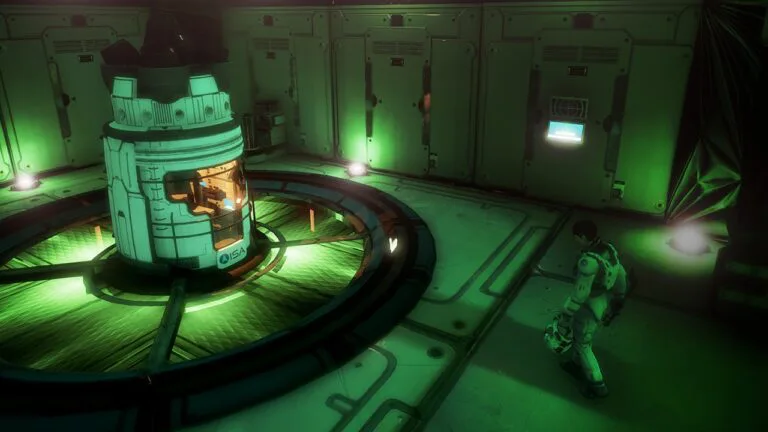

These puzzles have apparently been set by the missing ground crew – but why have they created them and what are they hiding from? In an evolving story based on mankind’s instinctual need to explore, protect and survive, you’ll delve deeper into Europa’s ice crusted-core and discover that the lines between man and machine begin to blur. Upon arrival a series of puzzles awaits you – tests which, according to the station’s AI, Tom, can only be solved by a human. You are Ava Turing, an engineer for the International Space Agency (ISA) sent to discover the cause behind the disappearance of the ground crew stationed there. He also proposed that by the year 2000 a computer “would be able to play the imitation game so well that an average interrogator will not have more than a 70-percent chance of making the right identification (machine or human) after five minutes of questioning.The Turing Test is a challenging first-person puzzle game set on Jupiter’s moon, Europa. The whole conversation would be limited to a text-only channel such as a computer keyboard and screen.

In other words, a computer would be considered intelligent if its conversation couldn’t be easily distinguished from a human’s. If the interrogator wouldn’t able to distinguish the answers provided by both humans and computers then the computer passes the test and the machine(computer) is considered as intelligent as a human. The conversation between interrogator and computer would be like this:Ĭ: Multiply one large number to another, 158745887 * 56755647Ī: After a long pause, an incorrect answer!Ī: (Pause about 20 seconds and then give an answer)10041157 The interrogator is limited to using the responses to written questions to make the determination


The “standard interpretation” of the Turing Test, in which player C, the interrogator, is given the task of trying to determine which player – A or B – is a computer and which is a human.


 0 kommentar(er)
0 kommentar(er)
